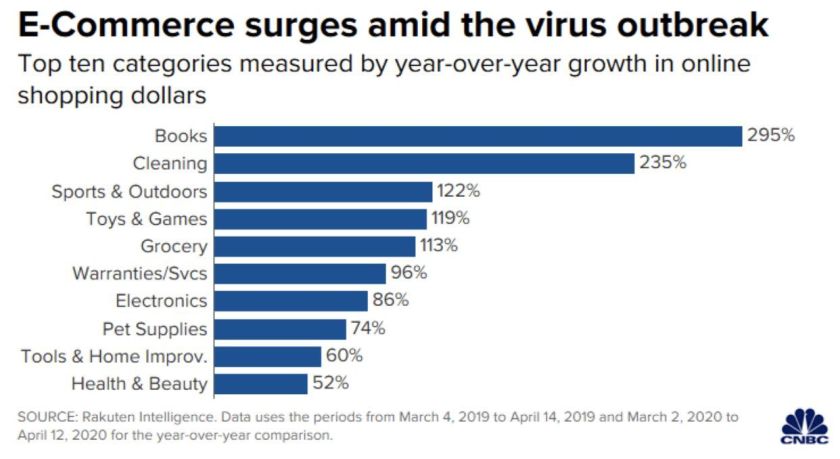A few weeks ago, I wrote about three types of founders. To summarize, they were big spenders, extra savers, and the ones that cut expenses in some areas bit were big spenders in others. We all should aspire to be the third type.
I can’t stress enough how important it is to be frugal with your operating expenses. If you’re not frugal with them, especially once you’re bootstrapped, you’ll always see yourself struggling with money or progress regardless of the revenue.
Not all costs are meant to be avoided though. Some costs, if you avoid them, will hinder growth of your business. Some costs of as little as $1000, could get in the way of your next $100,000 in revenue. So it’s quite important to be generous in some of the areas of your expenses. No I’m not talking about spending extravagantly on a shiny office space. I am talking about spending extravagantly on top talent, expensive tools, and education or training.
Never stop investing in yourself. Never cut corners on hiring talent. You need more talented people than yourself to build great companies. Always buy expensive tools that would put your productivity and growth on steroids.
I remember using PressLabs, a managed WordPress hosting company, for our content websites. Our monthly bill with them, at one point, was 10s of thousands of dollars. Yes, we paid 10s of thousands of dollars every month just to keep our websites online and safe. May be we could have rented a mega dedicated server for much cheaper, right? Yes, we could. However, we would still need top talent to continue to maintain that dedicated server to keep it online and safe at all times.
A few hours of outage, a malware, DDoS or ineffective caching would have been more damaging to our business and the revenue than the price we were willing to incur to keep everything online and safe at all times.
So we incurred that cost, and continued to work from our homes, because our priorities have always been clear about what to spend on and where to cut corners.
On a side note, our stats are still featured on PressLab’s front page 🙂



